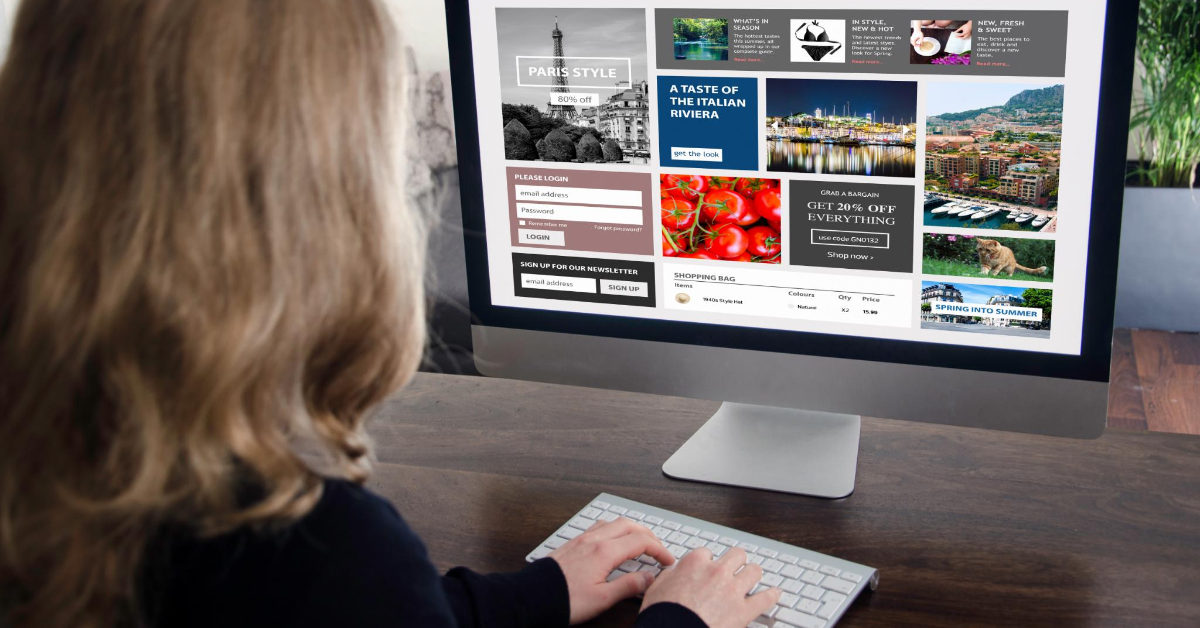In the digital era, having a website isn’t enough. Your online presence should be well-structured, persuasive, and designed to convert visitors into loyal customers. Let’s delve into the seven key elements that make a website a high-converting powerhouse.
1. Clear and Persuasive Messaging
First impressions matter. The initial message on your website should effectively convey what your business offers and how it can benefit the user. This messaging should be concise, easily understandable, and relevant to the needs of your visitors.
Why Clear Messaging Matters
Clear messaging helps articulate your unique value proposition, key messages, and the benefits of your products or services in a compelling manner. Visitors should be able to quickly grasp the essence of what your business offers and understand why they should choose you over your competitors.
Crafting Persuasive Messaging
Invest time and effort in crafting clear, persuasive copy that speaks directly to your target audience and guides them seamlessly through the conversion journey. Break down complex information into digestible chunks and avoid jargon or confusing language to create a user-friendly experience that builds trust and engagement.
2. User-Friendly Design and Intuitive Navigation
A user-friendly design is critical for keeping visitors on your site and ultimately converting them into customers. Website visitors should find what they’re looking for quickly and easily, without feeling overwhelmed or confused.
Importance of Intuitive Navigation
Intuitive navigation and design organise your content in a logical and user-friendly manner, allowing visitors to find the information they need quickly and effortlessly. Prioritising responsive design and intuitive navigation helps you create a seamless and user-friendly experience that builds trust, encourages engagement, and ultimately leads to higher conversion rates.
Tips for User-Friendly Design
Here are a few tips for designing a user-friendly website:
- Use clear and intuitive menus.
- Make sure your website is mobile-responsive.
- Use a clean and uncluttered design.
- Make sure your website is easy to navigate.
3. Strong Value Proposition
A strong value proposition is crucial for your website’s conversion rate. It should be prominently displayed on your site and clearly communicate what sets you apart from your competitors.
Crafting a Strong Value Proposition
Your value proposition should clearly communicate the unique value and benefits of your product or service. It should show visitors how your offerings solve their problems, meet their needs, or improve their lives. A strong value proposition can help establish trust and build credibility with potential customers.
4. Compelling Call-to-Actions (CTAs)
Call-to-actions (CTAs) are crucial elements of a website that prompt users to take a specific action. They serve as guiding signposts that direct users towards the desired conversion goals.
Importance of CTAs
A compelling CTA should be visually appealing and use persuasive language to encourage visitors to take action. The placement of CTAs on your site is also important — they should be prominently displayed and strategically placed throughout your site.
Tips for Creating Effective CTAs
Here are a few tips for creating effective CTAs:
- Use action-oriented language that creates a sense of urgency or excitement.
- Position CTAs where users are most likely to see them.
- Make your CTAs stand out with contrasting colours and bold fonts.
5. Mobile Responsiveness
In today’s mobile-first world, having a mobile-responsive website is crucial for success. This means your website should be optimised for mobile devices, ensuring a smooth browsing experience across different screen sizes and devices.
Why Mobile Responsiveness Matters
A mobile-responsive website is vital for providing a positive user experience. It ensures that visitors can easily access and navigate your site on any device, reducing friction and increasing the likelihood of conversion. Plus, search engines like Google prioritise mobile-friendly websites, which can help improve your website’s visibility and search engine ranking.
6. Utilising Social Proof
Social proof is a powerful tool for building trust and credibility with potential customers. This can include customer testimonials, reviews, or social media mentions. Incorporating social proof into your website can help reassure visitors that your business is reliable and delivers on its promises.
How Social Proof Boosts Conversions
Social proof influences potential customers by showing that others have had positive experiences with your business. When visitors see testimonials, reviews, or positive feedback, they’re more likely to trust your business and feel confident about their purchase decision.
7. Optimal Site Speed

A fast-loading website is vital for retaining visitors and driving conversions. Slow-loading pages can lead to high bounce rates and lost conversions, so it’s crucial to optimise your site speed to provide a seamless user experience.
Optimising Site Speed
To optimise your site speed, you can compress images, reduce the number of plugins or scripts on your site, and utilise a content delivery network (CDN). A faster site speed can lead to higher engagement and increased conversions.
The Power of Analytics
Implementing robust analytics tools to track and analyse user behaviour, conversion rates, and website performance is essential. Data-driven insights help identify bottlenecks in the conversion process and inform ongoing optimisation efforts.
In today’s highly competitive online landscape, mastering the elements of a high-converting website is essential for any business looking to succeed. By focusing on these seven key elements, you can create a website that not only looks great but also effectively converts visitors into customers. Remember, a successful website is a powerful tool for driving growth and success for your business.
However, achieving a high-converting website requires a deep understanding of your target audience, continuous testing and optimisation, and a keen eye for detail.
Are you ready to turn your website into a conversion powerhouse? Let’s Talk!
Whether you need captivating content to engage your audience or a stunning website to showcase your brand, i can help. Contact me today to discuss your specific needs and see how we can turn your vision into reality.


